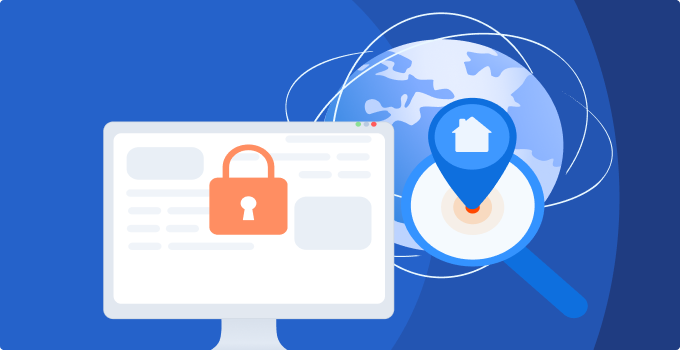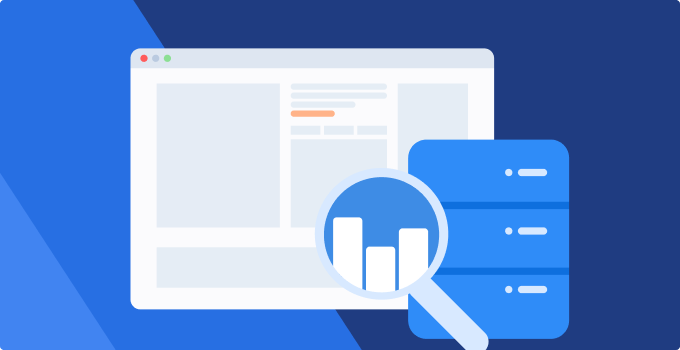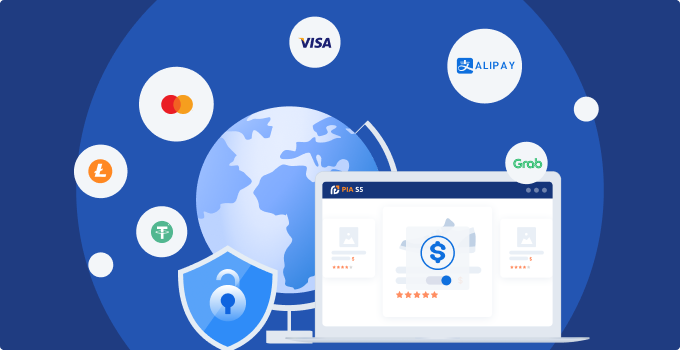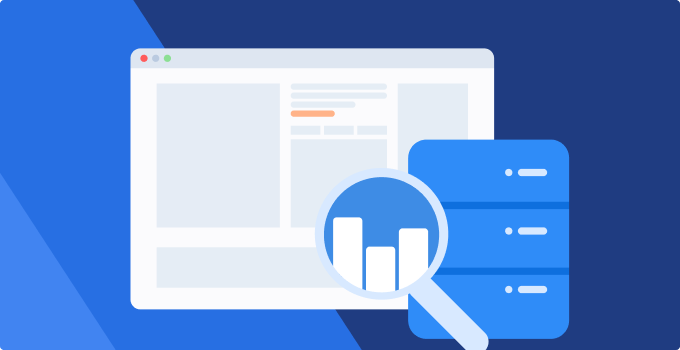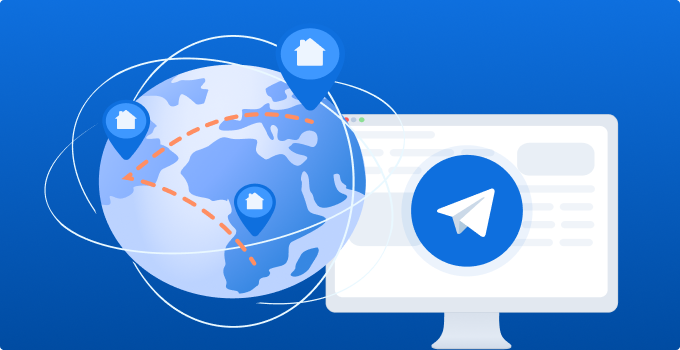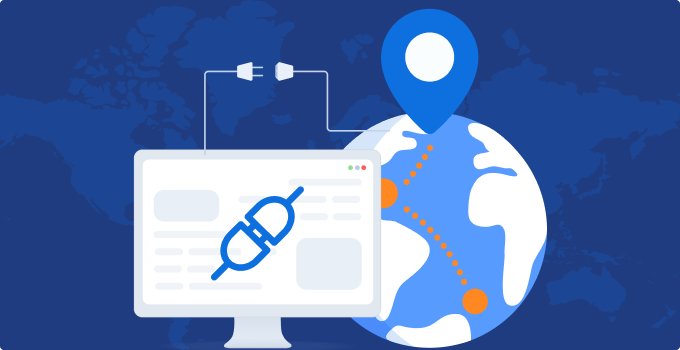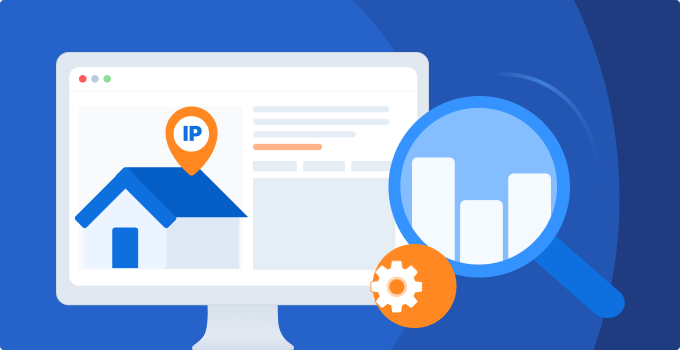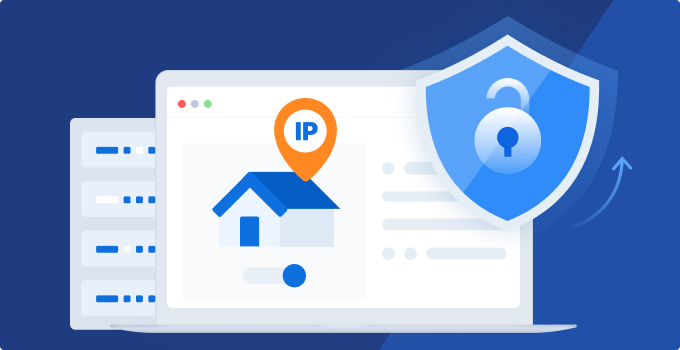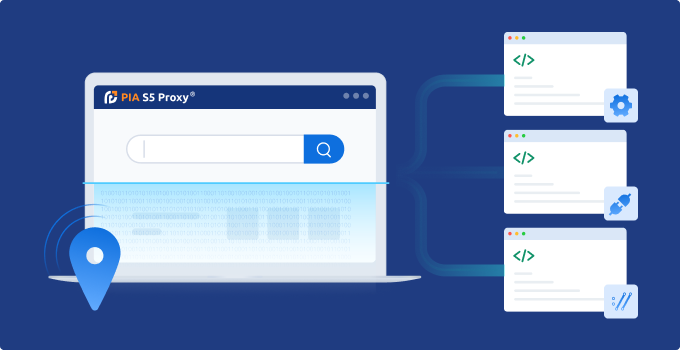Large language models (LLMs) such as GPT-3 and BERT are updating the field of natural language processing (NLP), enabling machines to perform tasks such as text generation, translation, and question answering.However, the performance of these models depends heavily on the quality and diversity of the training data used. One effective way to obtain high-quality and diverse data is through data scraping (also known as web scraping), a process that automatically extracts large amounts of data from various online sources, which can then be used to train and optimize LLMs.In this blog post, we will explore seven key advantages of using data scraping in training large language models.I. Get a Lot of DataTraining requires a large amount of text data from different domains, languages, and formats. The more diverse and extensive the dataset, the better the model performs on a variety of tasks. Data scraping provides an effective way to collect large amounts of data from multiple online sources, such as:Websites and blogs: Text content in articles, tutorials, and comments can introduce different writing styles and topics.Online forums and reviews: User-generated content reflects real-world conversations and consumer opinions.Scientific journals and news articles: Authoritative sources provide facts and structured knowledge that can enhance LLM’s understanding of complex topics.Public databases and government records: Structured data from public sources can improve the accuracy of models when dealing with factual questions.Through data scraping, researchers can collect data from these different sources and ensure that their models are trained on a diverse, comprehensive dataset. To avoid IP being unusable or detected as a robot, proxy technology can be used. This comprehensive data collection plays a vital role in improving the accuracy, relevance, and adaptability of LLM.II. Improve model accuracy and precisionLLM relies on large-scale, high-quality data to generate precise and contextually relevant responses. Data scraping helps collect fresh, updated, and diverse data, which is crucial to improving model accuracy. Here is how data scraping helps improve precision:Quality assurance: Scraping reputable sources such as academic journals, authoritative websites, and industry-specific blogs ensures that the data fed into LLM is reliable and accurate.Comprehensive coverage: By scraping a variety of data types (e.g. structured and unstructured content), LLMs can better understand context, tone, and domain-specific terminology, leading to more accurate results.Real-time data access: Data scraping allows for continuous updates, ensuring that LLMs have access to the latest trends, news, and knowledge.When LLMs are trained on data that represents a wide range of language patterns and knowledge domains, their accuracy is greatly improved.III. Reduce bias in LLMsBias in AI models is a significant challenge, especially in LLMs, as biased data can lead to biased outputs. Data scraping can help mitigate this risk by acquiring information from a variety of perspectives, ensuring that models are trained on different perspectives. This is critical to ensuring that AI generates fair, neutral, and objective responses.Balanced data: By scraping data from different sources, you can minimize the risk of over-representing certain groups or viewpoints.Bias detection: Scraping allows for the collection of a variety of content, helping to identify and mitigate bias during model training.Ethical considerations: Leveraging a variety of data sources enables AI developers to adhere to ethical AI standards, ensuring that models avoid unfair or discriminatory outputs.Reducing bias through data scraping helps make LLM responses more fair, accountable, and accurate.IV. Cost-effective and scalable data collectionManually collecting large amounts of data for training LLMs is time-consuming and expensive. Data scraping provides a more efficient and cost-effective solution through automated processes. Here’s what it does:Automated collection: Data scraping tools can scrape multiple websites and databases simultaneously, greatly reducing the time and effort required to collect data.Scalability: With scraping technology, you can scale your data collection efforts to meet the growing demands of AI models. This scalability is critical because LLMs require large datasets to perform well.Reduced costs: Because scraping reduces the need for manual labor and speeds up data collection, it reduces the costs associated with data acquisition.With automated data scraping, businesses and AI developers can save valuable resources and focus on optimizing models instead of spending time collecting data.V. Enable Industry-Specific TrainingData scraping can be tailored to collect industry-specific information, improving the performance of LLMs in specialized fields such as healthcare, finance, law, and e-commerce. Here’s how it works:Healthcare: Scraping medical journals, research papers, and health-related websites can help build an LLM that can understand complex medical terminology and provide accurate health-related responses.Finance: Scraping financial reports, stock market data, and news articles can give LLMs insight into market trends, investment strategies, and economic conditions.Legal: Legal professionals can benefit from scraping legal databases, case laws, and regulations to train LLMs to be able to answer legal queries and provide informed legal advice.E-commerce: Retailers can scrape product listings, pricing data, and consumer reviews to train LLMs to assist with personalized recommendations and price optimization.Industry-specific training data makes LLMs more relevant and useful in various fields, enabling businesses to leverage AI in specialized applications.VI. Real-time Learning and AdaptationOne of the biggest challenges facing LLMs is keeping up with rapidly changing trends and emerging knowledge. Data scraping provides continuous access to new data, which is essential for real-time learning and adaptation. This constantly updated stream of data is especially valuable in industries where knowledge and trends evolve rapidly, such as technology, finance, or healthcare.Dynamic Data: With data scraping, you can continuously feed LLMs with the latest articles, news, and research papers. This ensures that the AI stays up-to-date and able to address the latest topics.Rapid Adaptation: By integrating real-time data, LLMs can adapt to new language patterns, slang, or emerging terms, making them more relevant in contemporary conversations and contexts.Responsiveness: Real-time learning allows models to provide the latest answers to questions, providing users with reliable and up-to-date information in any given field.With real-time data scraping, LLMs can stay relevant, accurate, and timely, ensuring they keep up with the ever-changing knowledge landscape.VII. Cross-Platform Data Scraping for Multimodal ModelsAs AI continues to advance, multimodal models are increasingly inclined to process not only text, but also images, videos, and audio. Data scraping plays a vital role in providing multimodal models with the diverse data they need to understand and generate rich, context-aware outputs in a variety of formats. Scraping data from multiple platforms and media types enables LLMs to operate across different modalities, making them more versatile.Text, image, and video data: By scraping websites, social media, and platforms like YouTube or Instagram, developers can collect a variety of text, image, and video data. This enhances the model’s ability to interpret multimedia content and provide more nuanced, multimodal responses.Cross-platform integration: Through scraping, data from different sources can be seamlessly integrated into a single training set, enabling LLMs to interact across a variety of platforms and formats, making them more suitable for specific use cases.Enhanced user experience: Multimodal LLMs can produce richer user experiences by combining insights from text, visuals, and other media, making their applications highly effective in areas such as entertainment, education, and customer service.Multimodal capabilities will enable LLMs to understand and generate outputs based on a combination of different types of data, paving the way for smarter, more responsive AI systems.VIII.ConclusionData scraping is an important tool for enhancing the capabilities of large language models. By providing large and diverse datasets, data scraping helps improve LLM accuracy, reduce bias, scale data collection, and enable specialized training. As the field of AI continues to advance, the combination of data scraping and LLM will lead to more advanced, ethical, and efficient AI solutions for all industries.With the right data sources and effective scraping techniques, businesses and AI developers can realize the full potential of LLM and create more accurate, adaptable, and powerful models.If you want to learn more about large language models (LLM) and data scraping, you can refer to the following articles:"How to Choose the Right Data Scraping Agent: Guidelines and Best Practices""The Security Issues of Data Scraping Agents: How to Protect Your Data"
